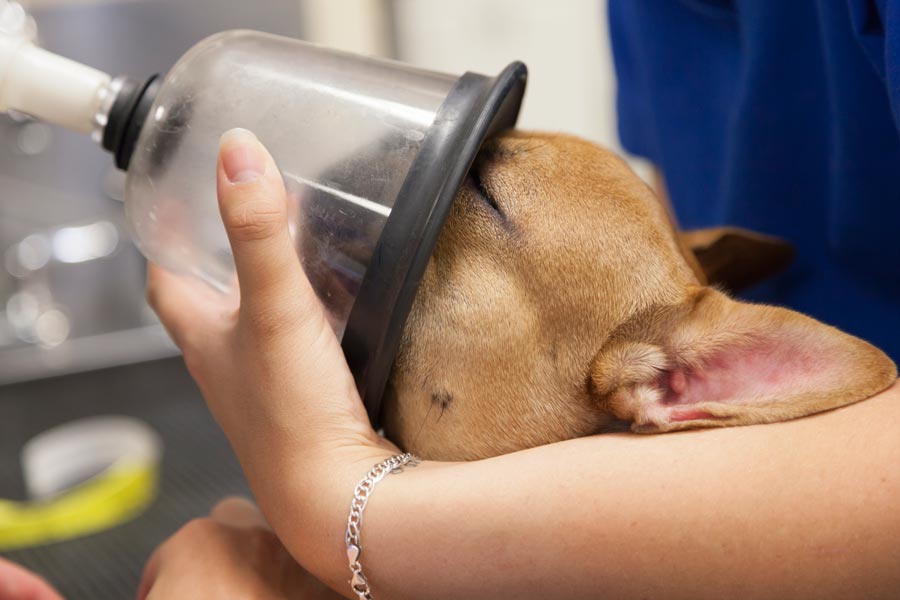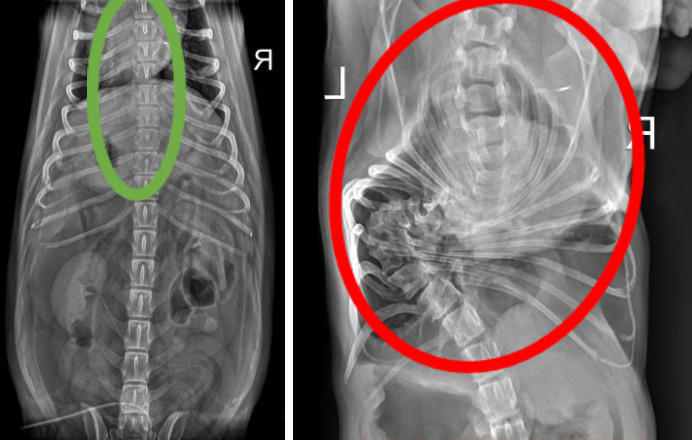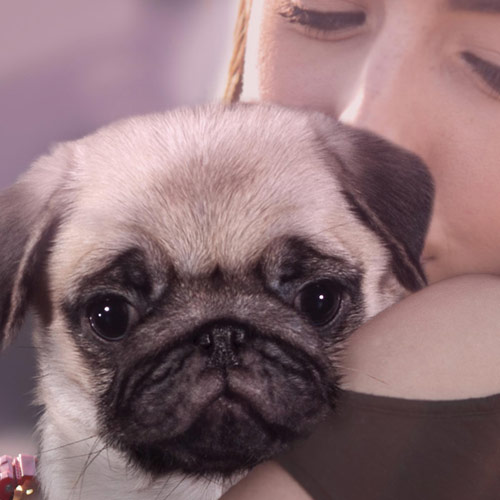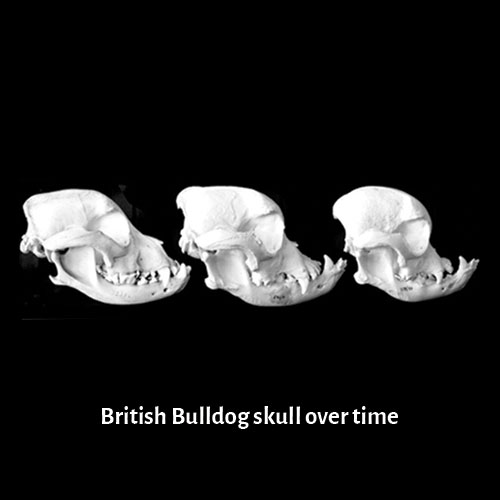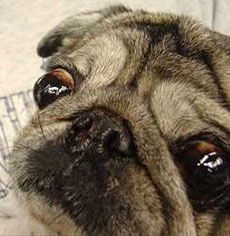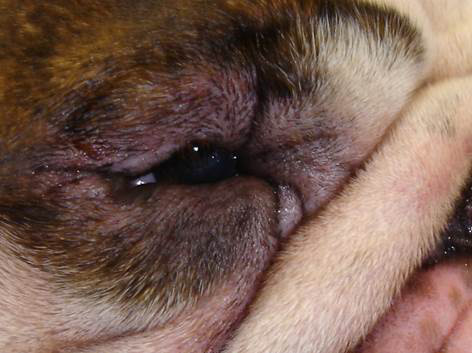Thank you for supporting our Love is Blind campaign, and helping us work towards a healthier and happier future for purebred dogs with exaggerated features.
To the Australian National Kennel Council;
As a deeply concerned animal lover, I call on the Australian National Kennel Council to acknowledge the suffering of pedigree dogs with exaggerated features. I ask that you commit to working with breeders, vets and animal welfare groups to prioritise good health and welfare above physical appearance in these breeds.
